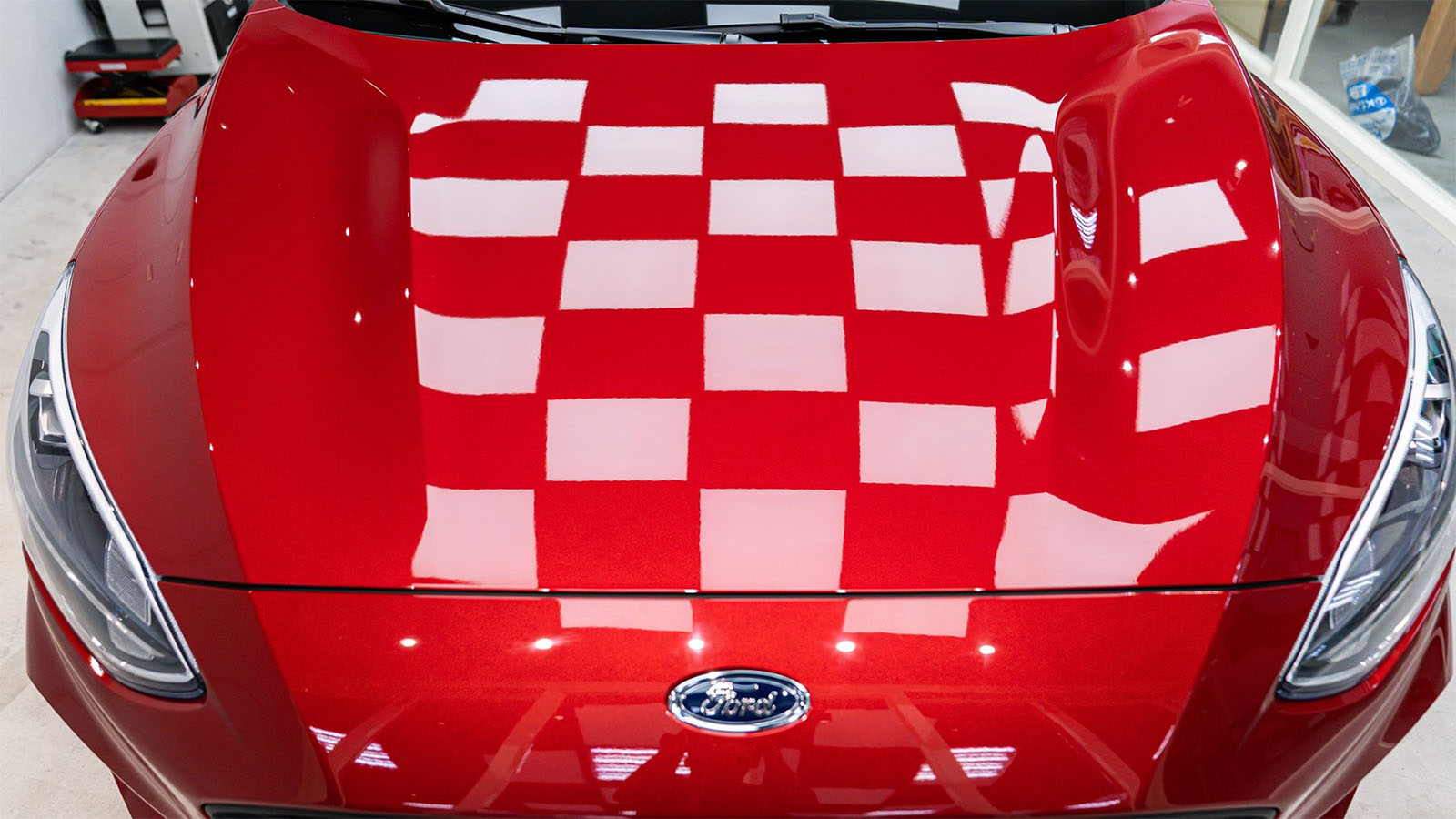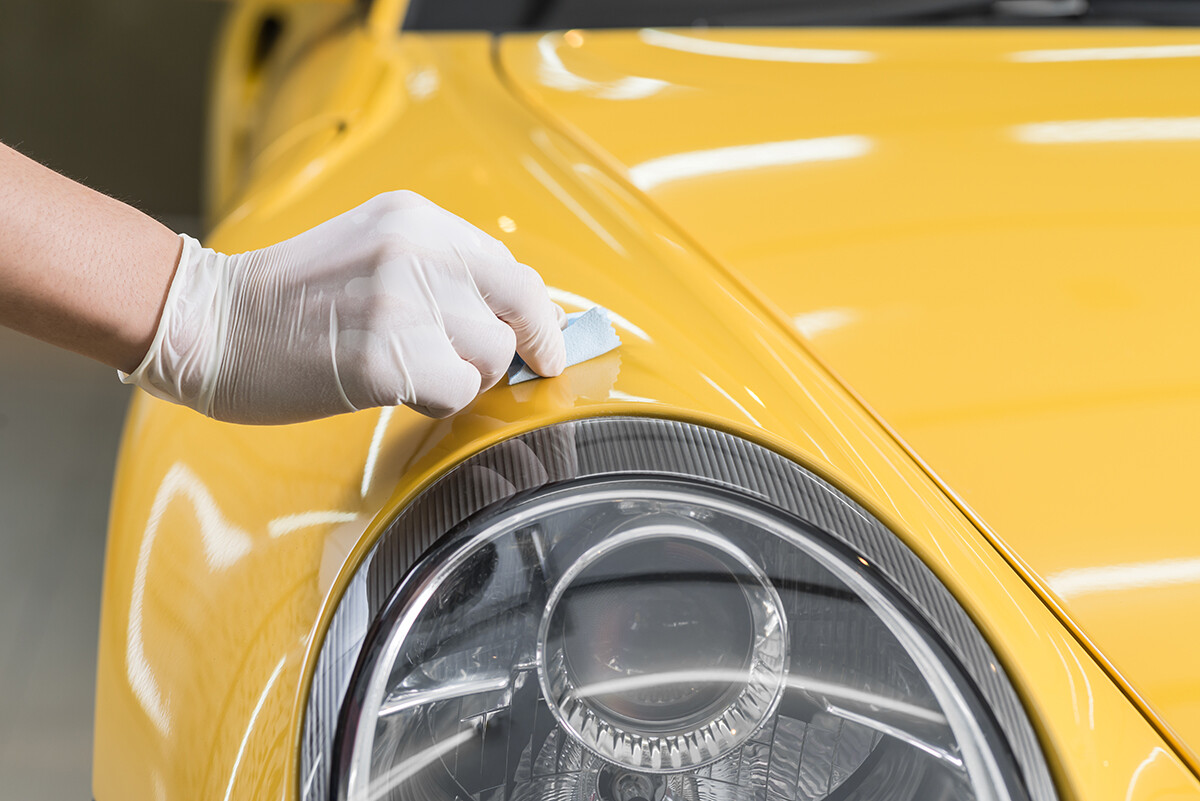Top Ceramic Coatings San Jose to Shield Your Auto's Paint
Top Ceramic Coatings San Jose to Shield Your Auto's Paint
Blog Article
Introducing the Scientific Research Behind Ceramic Coatings: How Does It Job and Why Is It Superior to Traditional Choices?
Ceramic layers have been acquiring appeal in different industries for their outstanding efficiency and sturdiness. Comprehending how ceramic layers job and why they outperform conventional options is vital for those seeking to boost the durability and strength of their products.
The Chemistry of Ceramic Coatings
In recognizing ceramic coatings, diving right into the elaborate chemistry behind their make-up is necessary for realizing their performance and resilience. Ceramic layers are largely made up of silicon dioxide (SiO2), which forms a solid and safety layer when put on different surfaces. This chemical structure provides outstanding resistance to warm, chemicals, and corrosion, making ceramic finishings highly demanded for a large range of applications.
The chemistry behind ceramic coverings includes the development of covalent bonds between silicon and oxygen atoms, producing a stiff network that boosts the finish's strength and toughness. In addition, the existence of various other elements such as zirconium, aluminum, and titanium further boosts the finishing's residential or commercial properties, offering raised solidity and attachment to surfaces.
Understanding the chemical make-up of ceramic layers enables for the modification of formulations to fit certain demands, whether it be for automobile, industrial, or domestic purposes. By harnessing the power of chemistry, ceramic coatings continue to pave the method for exceptional security and efficiency in various industries.
Benefits of Ceramic Coatings

As a result, ceramic finishings make cleansing and preserving surface areas a lot simpler and much less lengthy. On the whole, the wide variety of advantages offered by ceramic finishings make them a remarkable alternative compared to standard covering approaches.
Exactly How Ceramic Coatings Bond
Ceramic finishes bond to surface areas via a procedure that involves molecular bond and chemical communications. When a ceramic finish is put on a surface, it forms a strong bond by chemically sticking to the surface area at a molecular level. This bond is created with the formation of covalent bonds, which are long lasting and extremely strong. The ceramic covering's particles pass through the pores of the surface, producing a tight hold that resists splitting up.
Moreover, the chemical interactions between the ceramic coating and the surface area additionally improve the bond. ceramic coatings san jose. These communications enable the ceramic covering to develop a seamless and continuous layer on the surface, offering superb security and longevity. Unlike conventional coverings that may rest on the surface without completely bonding, ceramic coverings produce a long-term bond that is immune to chemicals, UV rays, and rough environmental problems

In essence, the bonding mechanism of ceramic finishings guarantees a durable and effective protective layer that exceeds traditional layer choices. This superior bond adds to the longevity, scrape resistance, and long life of ceramic finishes, making them a recommended selection for various applications.
Longevity of Ceramic Coatings
The outstanding durability of ceramic finishes comes from their durable molecular attachment and chemical interactions with surface areas, guaranteeing a resilient protective layer that exceeds standard coating choices. When used, ceramic finishings create a solid bond with the substrate, developing a resistant obstacle against various ecological stressors such as official website UV radiation, chemicals, and abrasions. This bond is so secure that it can stand up to the roughness of everyday use without weakening or weakening rapidly.
Unlike traditional layers that might degrade over time, ceramic finishes preserve their integrity for an extensive period, offering resilient defense for the underlying surface area. Generally, the outstanding sturdiness of ceramic finishes makes them a remarkable choice for safeguarding a large range of surface areas in numerous applications.
Ceramic Coatings Vs. Traditional Alternatives
In comparison to conventional finishing approaches, ceramic finishes supply a distinctive mix of longevity and safety capabilities that set them apart in various surface defense applications. Standard alternatives such as wax or sealers provide a short-lived layer of protection that can wear away promptly, needing frequent reapplication. On the other hand, ceramic coverings form a strong bond with the surface, go to my blog producing a permanent or semi-permanent obstacle that is highly immune to abrasion, chemicals, UV rays, and extreme temperature levels.
Additionally, ceramic layers provide superior hydrophobic buildings contrasted to conventional layers. The hydrophobic nature of ceramic coatings triggers water to grain up and roll off the surface area, lugging dirt and impurities with it. This self-cleaning effect aids to keep the surface area's cleanliness and gloss for prolonged periods, reducing the demand for constant maintenance.
In addition, ceramic finishes have a thicker layer compared to conventional options, providing enhanced scratch resistance and security against minor influences. This sturdiness makes sure long-lasting efficiency and assists protect the aesthetic allure of the treated surface area for a prolonged period.
Final Thought
Finally, the science behind ceramic coverings exists in their chemical composition and bonding homes, making them above traditional options. The advantages of ceramic layers consist of enhanced longevity and security for surface areas. By understanding how ceramic finishings work and their benefits over conventional choices, one can make enlightened choices when considering layer choices for various applications.
Unlike traditional finishes that may sit on the surface without completely bonding, ceramic layers produce a long-term bond that is immune to chemicals, UV rays, and severe ecological conditions.
The phenomenal longevity of ceramic layers stems from their robust molecular bond and chemical communications with surface areas, guaranteeing a long lasting protective layer that surpasses standard covering alternatives.Unlike typical coatings that may deteriorate over time, ceramic coverings maintain their stability for an extended duration, giving long-lasting security for the underlying surface area.In comparison to traditional coating approaches, ceramic finishes use a distinct blend of durability and protective capacities that set them apart in numerous surface security applications. By recognizing how ceramic finishings job and their advantages over traditional alternatives, one can find make educated decisions when considering finishing alternatives for numerous applications.
Report this page